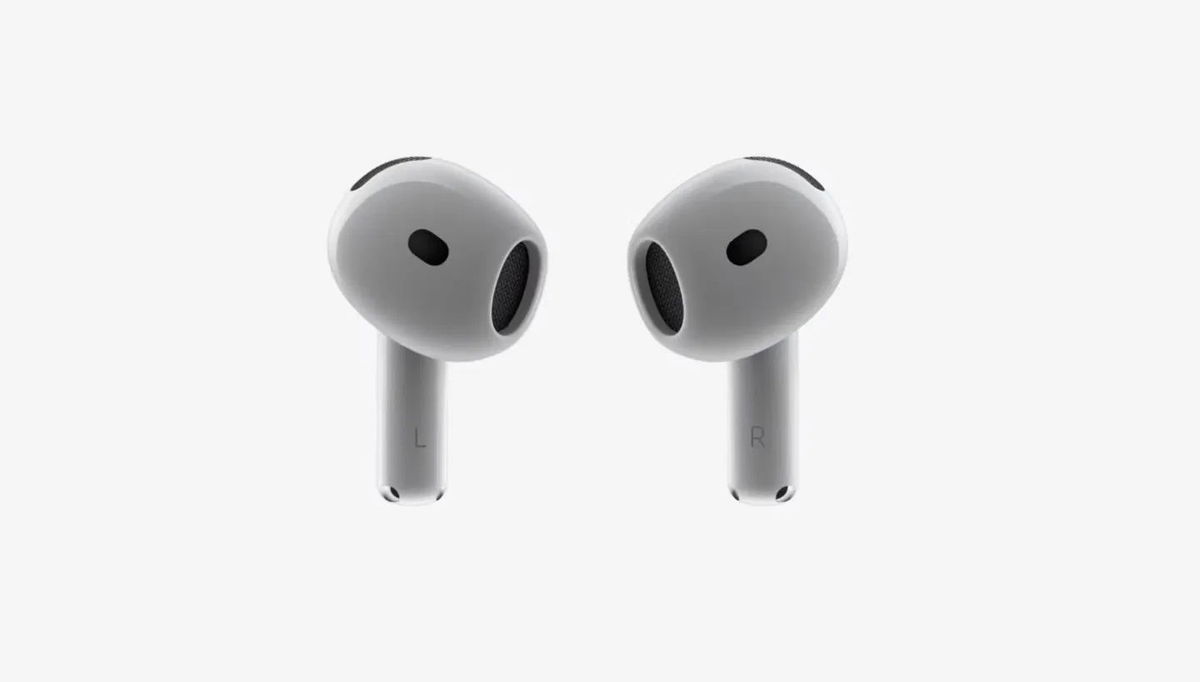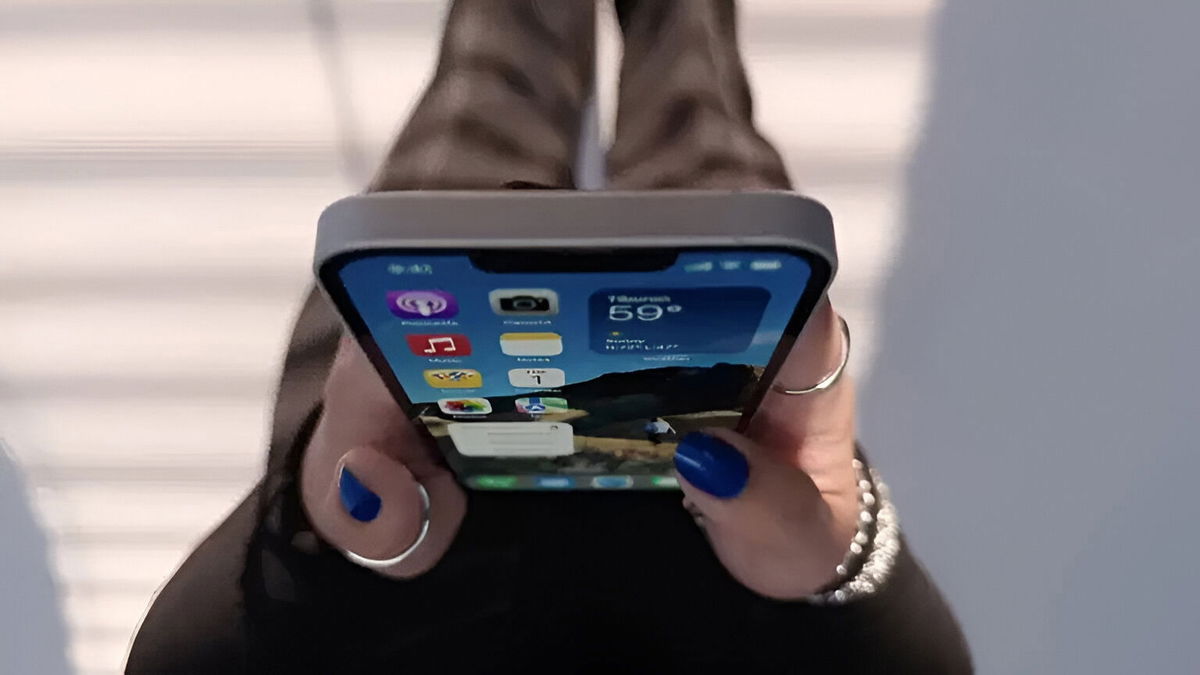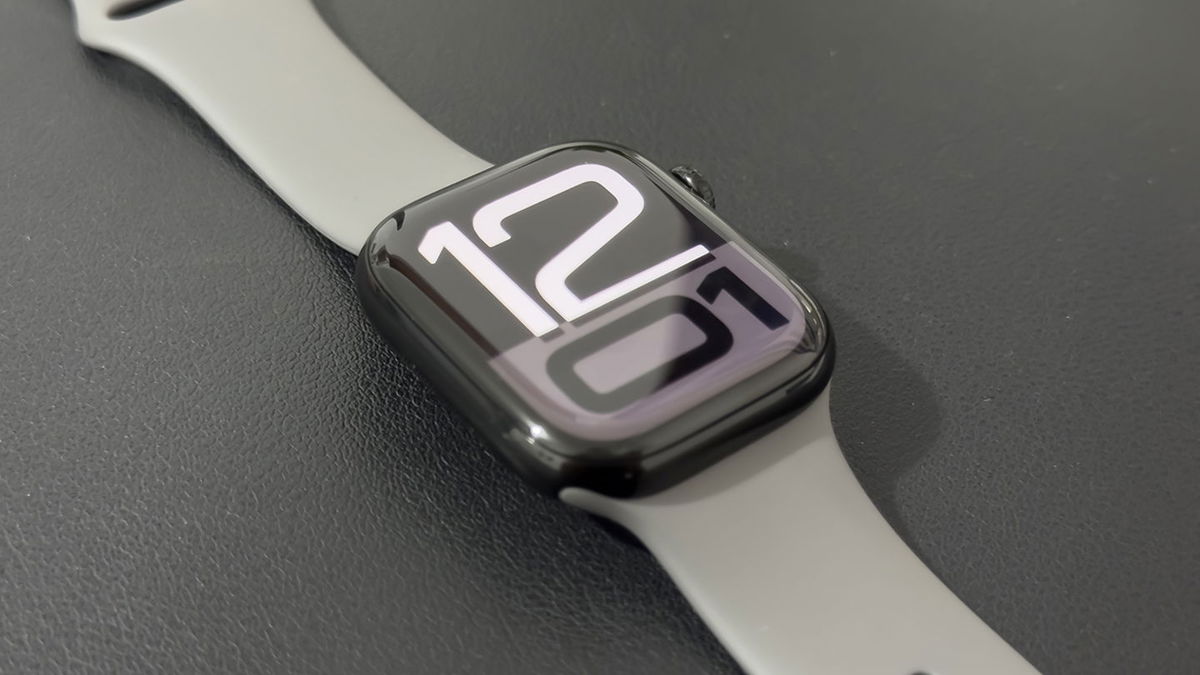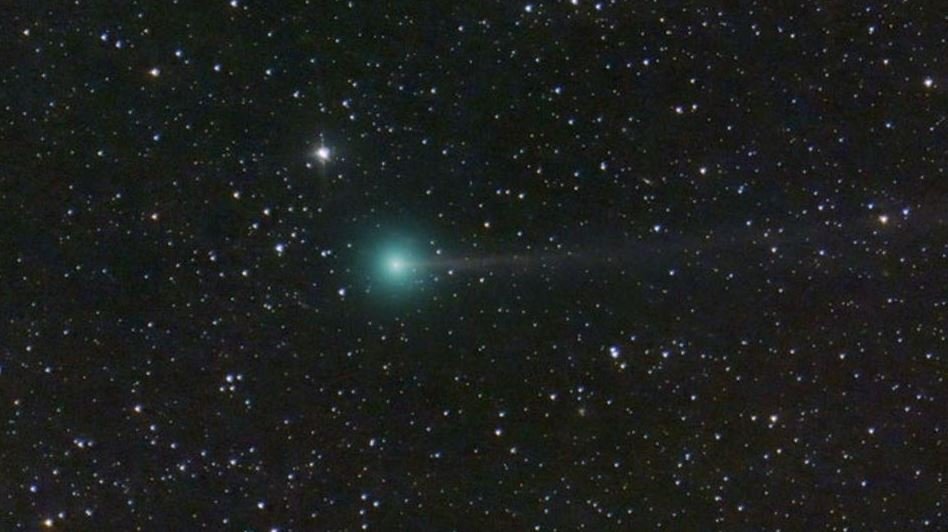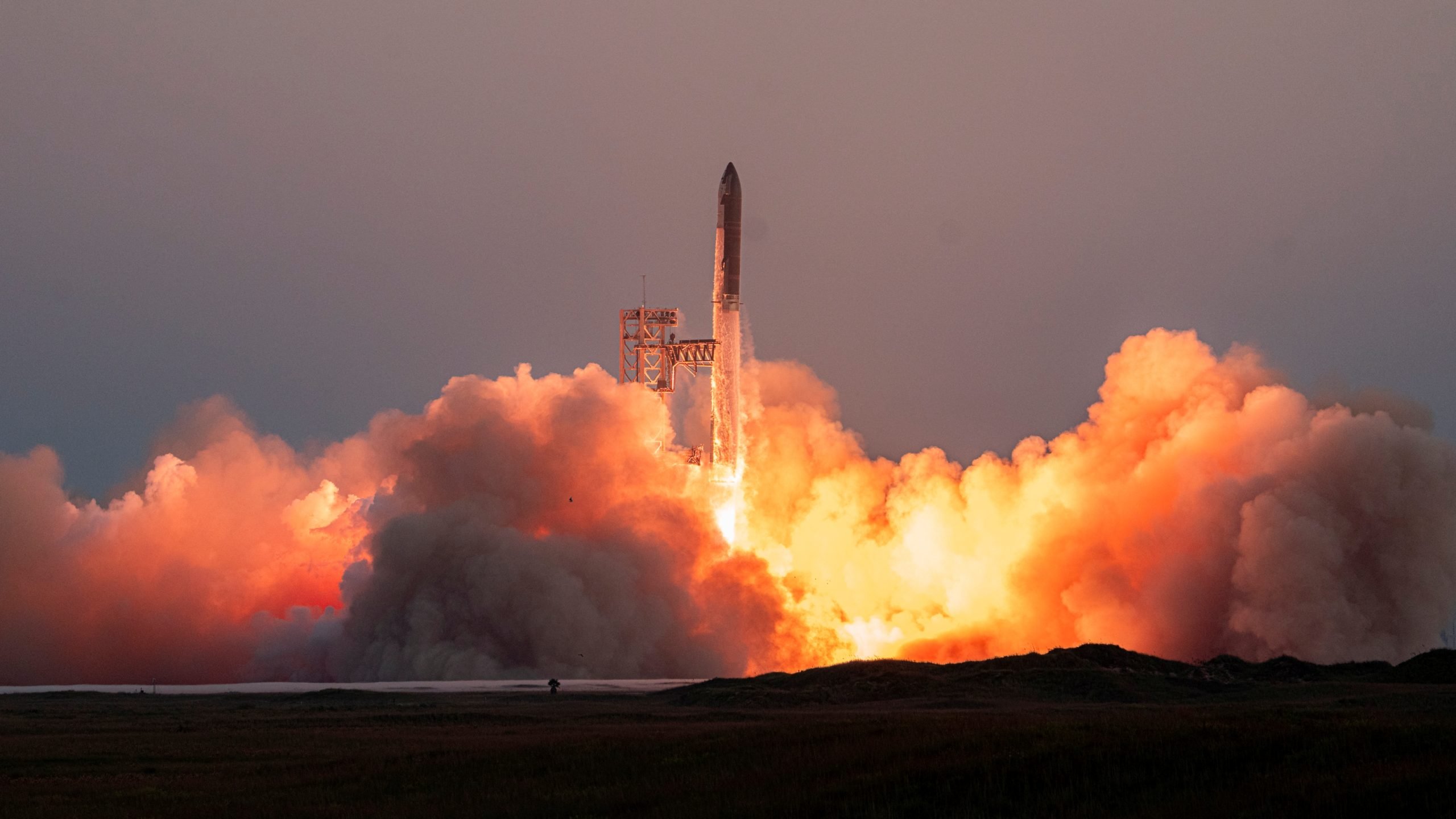Recently, a possible interstellar comet has been detected approaching Earth, and the best part is, The cosmic object will be visible to the naked eye for a short time during September.. The newly discovered discovery was made by Japanese amateur astronomer Hideo Nishimura; He points to an interstellar object, explaining that the comet may have come from outside our Solar System.
The object, designated C/2023 P1, and named Comet Nishimura, was observed to be heading towards the heart of the Solar System. The data also suggest that the comet has a hyperbolic orbit when an object orbits a larger object like the Sun. Experts explain that this is likely C/2023 P1’s first and last journey through the inner Solar System.
According to astronomers’ calculations, Comet Nishimura will be closest to Earth on September 13, 2023 and will come closest to the Sun on September 18.. The closer it gets to the Sun, the brighter the object will become; We’ll probably be able to see it as bright as a typical star in the night sky.
“The comet was discovered just ten days ago by Hideo Nishimura during 30-second exposures with a standard digital camera. Since then, C/2023 P1 Nishimura’s brightness has increased and its path in the inner Solar System has been determined. As the comet moves towards the Sun, it will certainly continue to condense, possibly becoming an object visible to the naked eye by early September,” the US National Aeronautics and Space Administration (NASA) announced in an official statement.
Interstellar comet visible to the naked eye
The comet’s current size already allows astronomy enthusiasts to view it with a telescope. If all goes as planned due to its position relative to Earth, The best time to observe Comet Nishimura with the naked eye would be just before sunrise or just after sunset.
Because it’s such a new object, astronomers don’t know exactly when it will leave the Solar System, but they believe it could break the core of its own power on the way. Observations also revealed that the comet had a green cloud of gas and dust.
“One problem is that the comet is also angularly close to the Sun, so you will only be able to see it at sunset or sunrise. The comet will come so close to the Sun in the orbit of the planet Mercury that its core may rupture. Nishimura comet seen here three days ago. He was photographed with a mane of green hair and a slender tail in June Lake, California, USA.”
Did you like the content? Stay up to date with the latest astronomy news on TecMundo.
Source: Tec Mundo
I’m Blaine Morgan, an experienced journalist and writer with over 8 years of experience in the tech industry. My expertise lies in writing about technology news and trends, covering everything from cutting-edge gadgets to emerging software developments. I’ve written for several leading publications including Gadget Onus where I am an author.

